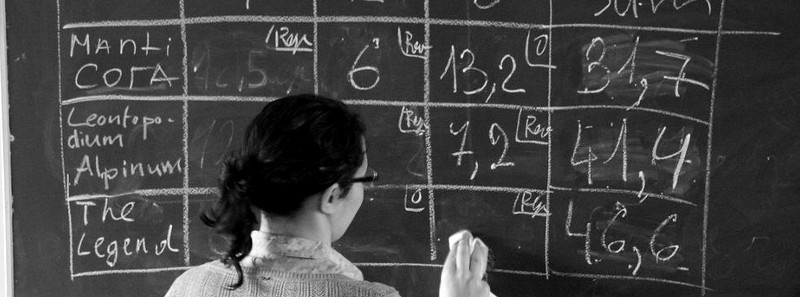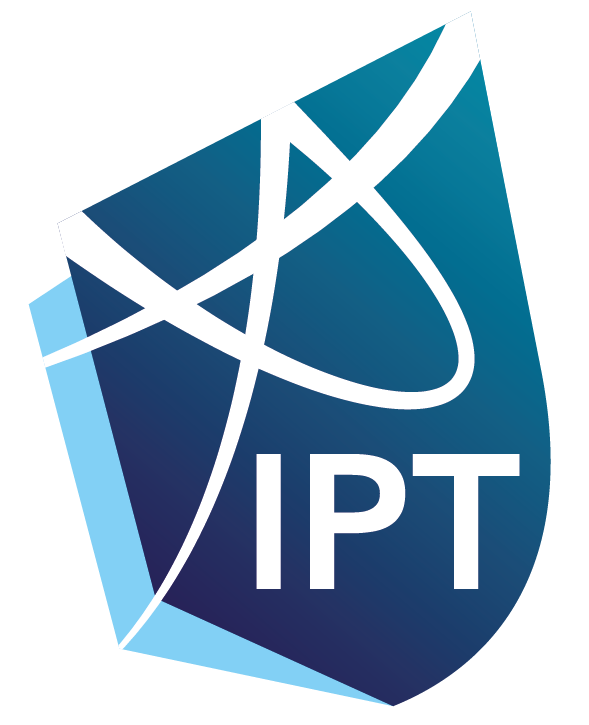Here is a series of questions you may ask about the IPT. If you have a question not listed here, please share it with the world by contacting us!
For an advice from an experienced team read Advice from the 2015 winners.
For an advice from the jury members see Advice from the IOC.
Please note that these are just guidelines and only the official rules apply during the tournament.
Latest update : 15/04/2017.

-
Do we need to work on all the 17 problems?
- No! As you can reject temporarily three problems per physics fights without penalty, and one problem permanently for the whole tournament, solving 13 problems is enough to ensure that you will never be too much in trouble. Keep in mind that for the tournament itself, you will present a maximum of 5 or 6 problems.
-
How long should our presentations last?
- The report should last for 10 minutes. The opposition speech cannot exceed 5 minutes, and the reviewer speech is 2 minutes long. Any extra-time is at the discretion of the chairmen, although we usually recommend to stick sharply to these timings.
-
What is the level of scientific detail of a typical report?
- Your report must be understood by undergrad physics students that know the nature of the problems but have not worked as actively as you on it. See for example the presentations of the Swiss and French teams, respectively first and second position in the 2018 final.Swiss Team – Static Speaker
Swiss Team - Static Speaker
- French Team – Screaming BaloonFrench Team - Screaming Baloon
- Your report must be understood by undergrad physics students that know the nature of the problems but have not worked as actively as you on it. See for example the presentations of the Swiss and French teams, respectively first and second position in the 2018 final.Swiss Team – Static Speaker
-
Is it sufficient to be good at Physics to get good grades in the tournament?
- It is necessary, although not sufficient. You must also be able to present your results in a clear and concise manner, and grasp your audience’s attention. Furthermore, you need to be able to defend your work against criticisms.
-
How do Opponent presentation usually take place?
- A typical Opponent presentation reviews briefly the pros and cons of the Reporter presentation, then focus on some points that may have been missed by the Reporter, and finally suggests some topics of debate for the upcoming discussion.
Keep in mind that the opponent presentation is not a presentation of the Opponent solution, but a discussion on the Reporter solution.
- See for example 2015-France-Thermal_Clock_attack.
-
What is the use of the two minutes right after the presentation of the Reporter?
- These two minutes can be used by the Opponent to ask for clarifications about the Reporter presentation, i.e. asking to go back to a given slide, or asking precisions about which hypothesis have been made, etc…
-
For how long does the rejection rule apply? Is it only valid for one day?
- There are two types of rejections: the eternal rejection can be used only once, and is valid for the whole tournament. Tactical rejections can be used up to three times per fight, and are valid only until the end of the same fight. More rejections can be used but a penalty is then applied.
-
Is it possible to use our results in order to attack a presentation?
- It is possible if you are opposing (but not if you are reviewing!), but it should be used carefully. It is accepted for the opposing team to present its results only if that directly support or contradict what has been said in the Reporter presentation.
-
When I’m reporting, is it possible for my team to help me during the discussions with the Opponent?
- During the discussion phases only, the team members can bring small pieces of paper with comments on it to the member of their team that is currently on the floor.
-
Is it possible to go in the other rooms to spy on other teams?
- Yes! As the tournament is open to the public, anyone is free to go in all the rooms. Usually, you would prefer to have your whole team focusing on the ongoing physics fight, but any additional team member is perfectly suitable to fulfill this role.
-
Can the team’s work go on ArXiv?
-
- Yes! You and your team are free to put your work on ArXiv at anytime and it may even be beneficial to do so. The ArXiv system allows you to expose your work in a publication format to close form of peer review without it being overly stringent like for other publication journals – plus it is open access! You must be endorsed before publishing your work, you can find more information
- .
-
-
Are there any presentation guidelines?
- Not really. There is no particular style or way we want you to do your presentation. The strongest presentations will be the ones which convey their findings, analysis and conclusion as clearly and concisely to the jury and other participants. We have drawn up some suggestions for presenting your work at the tournament here.
